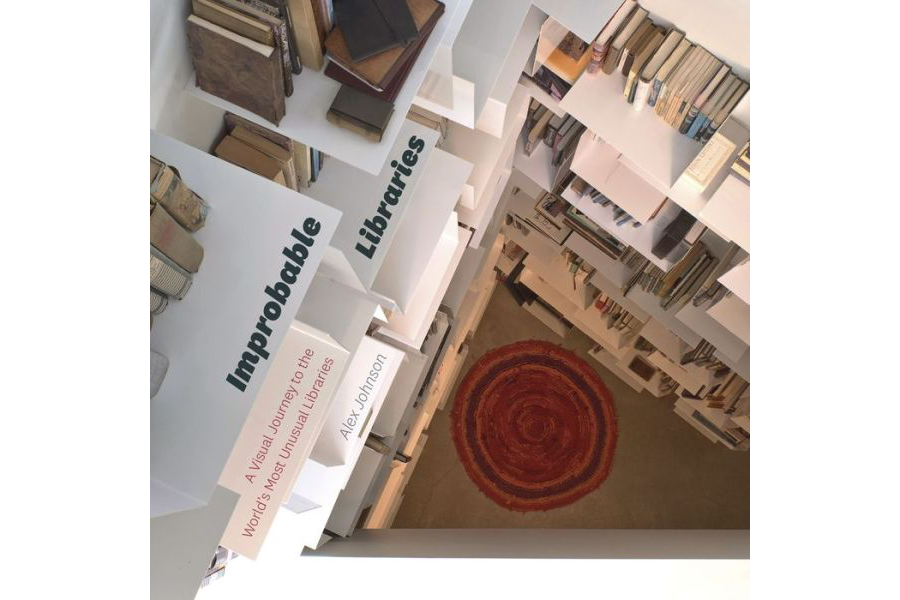What are the world's most unusual libraries?
Loading...
In Mongolia, Jambyn Dashdondog rides a camel to carry books to nomadic herding communities and remote parts of the Gobi desert.
In Argentina, artist and activist Raúl Lemesoff drives his “Weapon of Mass Instruction,” a 1979 Ford Falcon converted to look like an armored tank, to bring books to underserved communities.
And in Norway, "Epos," a floating library aboard an 80-foot-long ship travels the western coast of the Scandinavian country, providing residents in sparsely-populated districts access to thousands of books.
These unusual libraries are part of a fascinating new book that offers a glimpse at some of the world's most unusual libraries.
"Improbable Libraries: A Visual Journey to the World’s Most Unusual Libraries," by Alex Johnson, chronicles the lengths to which librarians the world over will go to serve their communities, and along the way, underscores the importance of books, no matter where a reader lives.
“Librarians have a long history of overcoming geographic, economic, and political challenges to bring the written word to an eager audience, they continue to live up to that reputation today, despite the rapid, sweeping changes in how we read and share books in the 21st century,” Johnson writes in the introduction.
He highlights such improbable libraries as Biblioburro, in Colombia, where school teacher Luis Soriana travels to rural areas with two donkeys named Alfa and Beto, to deliver books. In Laos, Big Brother Mouse, uses elephants to transport books to remote communities, and in Magdeburg, Germany, an open-air library operates 24 hours a day as a community gathering and reading space.
Johnson traces the ingenuity and creativity behind these libraries to Mary Titcomb, an originator in Library and Information Science, who in 1905 started started a horse-drawn library program in Maryland, considered one of the first mobile libraries.
"The square-shaped hardcover 'Improbable Libraries' is definitely a labor of love for literature, and offers a global perspective on how essential access to books is in bringing communities vibrancy and education," writes arts news site Hyper Allergic. "Almost all these libraries are free, and without membership, and it’s the passion of the people involved that keeps them going."








